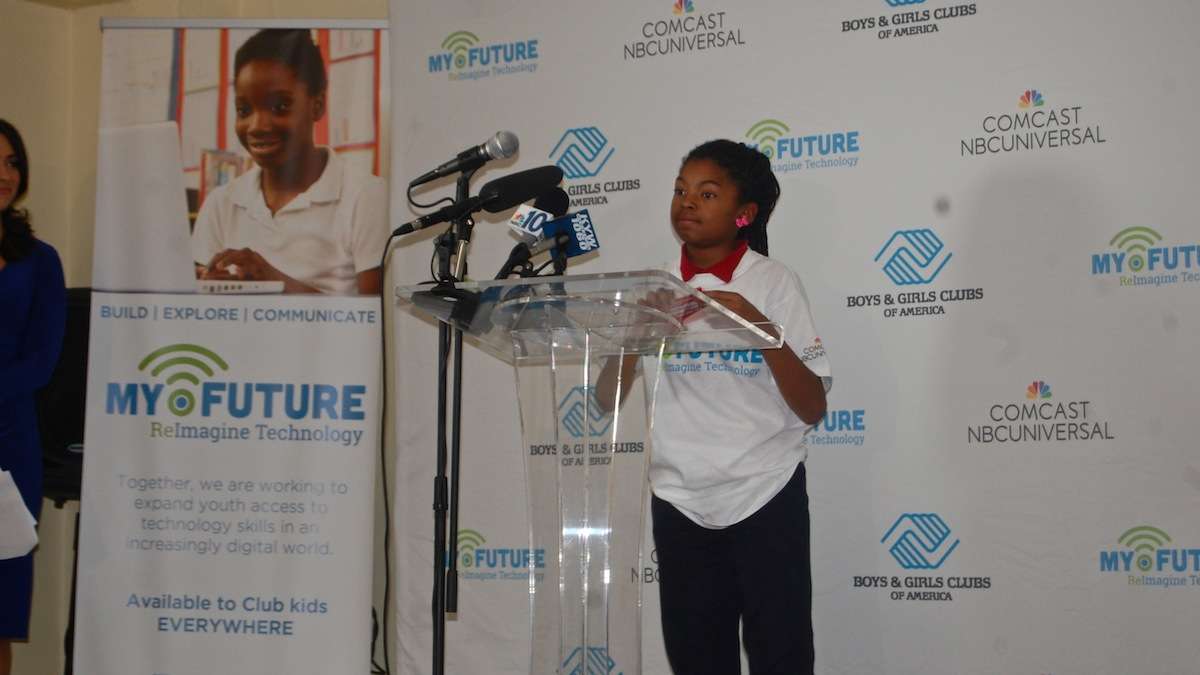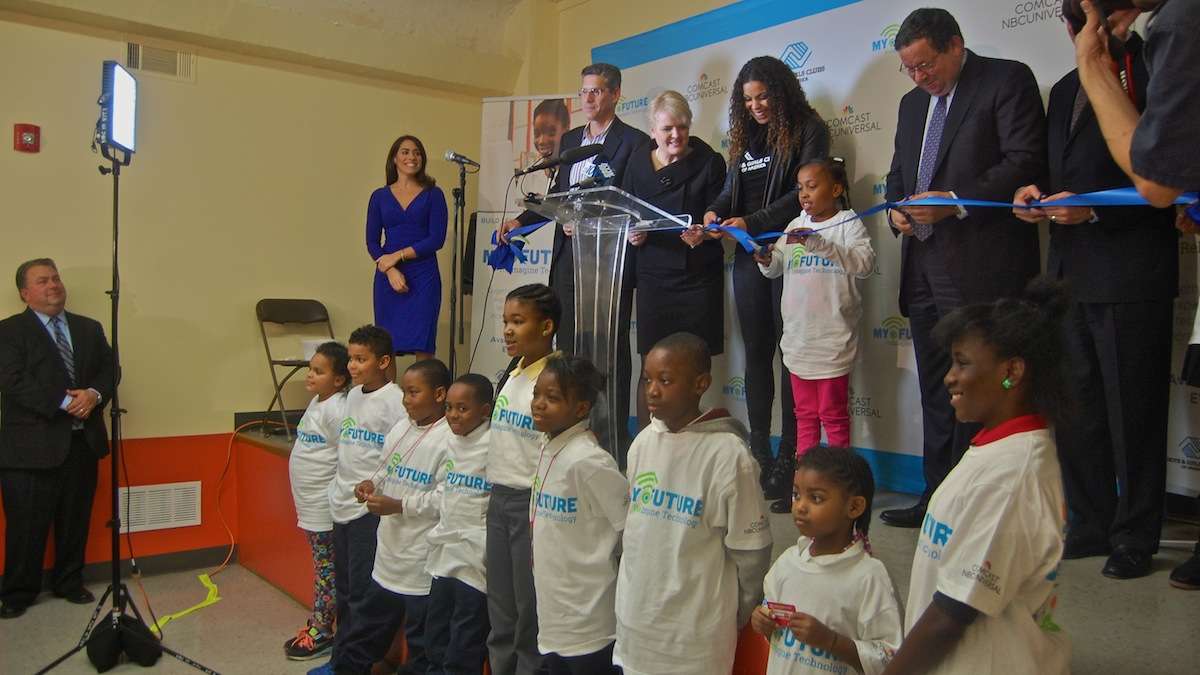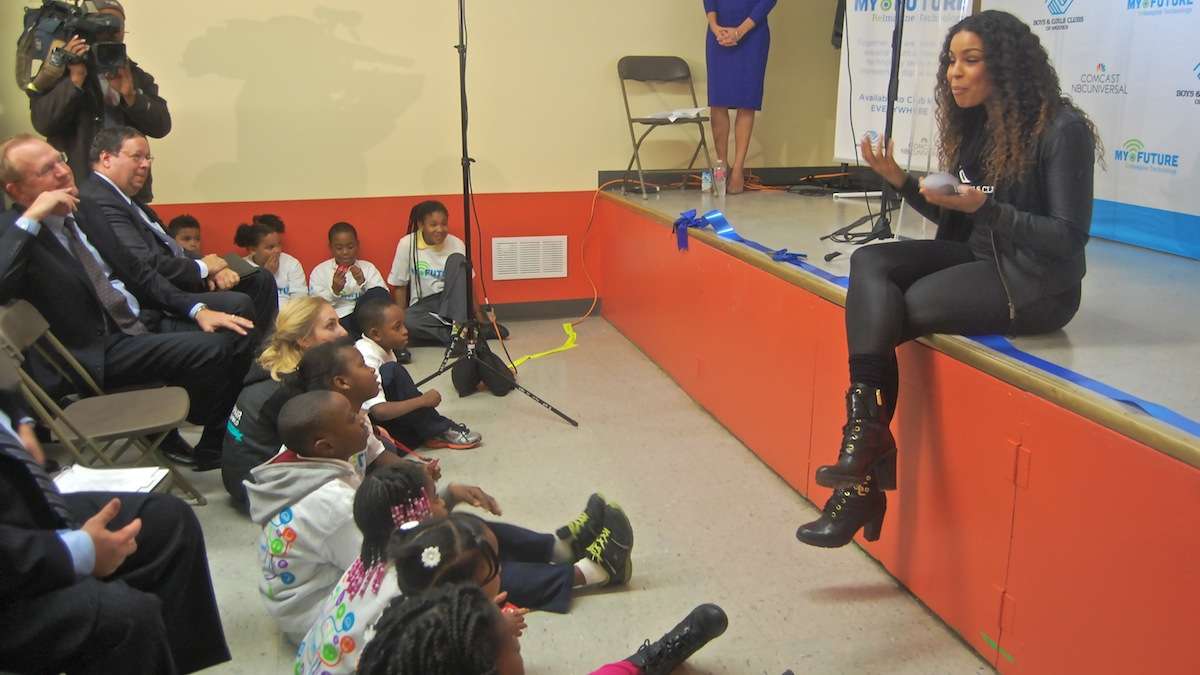Analysis: Are We Truly serious about improving N.J.’s water quality?
The U.S. Environmental Protection Agency just approved a new assessment of water quality in New Jersey’s streams and lakes. The “New Jersey 2012 Integrated Water Quality Monitoring and Assessment Report” was developed by the New Jersey Department of Environmental Protection (NJDEP) and now can be formally adopted by it based on USEPA’s approval. In this report, NJDEP determined which surface waters were not meeting state water-quality standards through 2010. Under the federal Clean Water Act, this report, prepared every two years, is supposed to set the stage for actions to improve water quality so that the standards are eventually met.
The report’s general conclusion? Nearly all assessed waters failed to meet surface-water quality standards for at least one reason, and many violated standards for more than one.
Here we are, 42 years after passage of what is now called the federal Clean Water Act, and few of our waters meet all standards. Are we really serious about water quality, or is this an issue whose time has passed, ignored by a public and politicians more focused on other issues?
We are forced to ask whether the Clean Water Act is a failure or a success. To date, the short answer is “yes.” What comes in the future is an open question.
Let’s First Talk About SuccessesWe no longer have sewage treatment plants with “primary” treatment (or even no treatment at all), levels that were prohibited by the Clean Water Act. It took a few decades, but the NJDEP action over several administrations forced the expenditure of billions of dollars to achieve compliance. Industrial wastewater-treatment plants were also forced to upgrade their systems to meet national technology-based standards. They did, at high cost — or they closed down entirely because some manufacturing in New Jersey either was unprofitable if managed ethically or was unable to compete with other locations. We had streams and rivers, including the Delaware River near Philadelphia, where oxygen levels dropped so low that fish and other aquatic life couldn’t survive.
These situations are pretty much history. Requirements for new septic systems and stormwater management systems are much better. Beach closings along the Jersey Shore were a major concern in the late 1980s and beyond, but not now.
Now the Failures (for now)Clearly, New Jersey has many streams and lakes with excessive pollutant levels. Despite our efforts, we have not succeeded in meeting the objectives of the Clean Water Act after more than 40 years. The reasons are many, so let’s take a quick stroll through the top causes of poor surface-water quality, which the NJDEP tells us accounts for 80 percent of all assessed problems. Some of these are “legacy” pollutants remaining from a time before they were banned from use, such as DDT (a pesticide), PCBs (industrial chemicals), and arsenic (used in pesticides). Some are now primarily from outside of New Jersey, such as mercury (air deposition). Some have natural sources, such as arsenic (this time from rocks and soils) and pathogens (from wildlife). Some problems have no known cause. But other problems are from ongoing human sources, including nutrients (from fertilizers and sewage), pathogens (here, from pets and people), and elevated temperature (from stormwater discharges and loss of stream shading).
As we can see from this brief overview, our surface-water quality problems harm drinking water, recreational uses, fish consumption, and aquatic life. Each type and cause of pollutant requires a somewhat different response if we want clean water. Blaming the present for problems caused decades ago doesn’t make sense, but there are many actions New Jersey can take to reduce our current water-quality problems.
What It TakesEternal vigilance is seen as the price of freedom, but eternal action is the price of clean water. Wastewater-treatment plants — big and small, whether industrial, public, or individual septic systems — must work every day. Phosphorus controls on sewage-treatment plants are only now being implemented in the Passaic River Basin after decades of discussion, regulatory action, and lawsuits. Similar controls are planned in parts of the Raritan River Basin. Control of pathogens and other pollutants in combined sewer overflows (in 21 of our urban municipalities) haven’t started but will be required.
However, a great deal of the ongoing pollution we see is caused by innumerable small sources, generally referred to as “nonpoint sources.” Correcting the problems from nonpoint sources is very different from regulating a relative small number of “point” sources such as wastewater treatment plants. New Jersey has over nine thousand farms, hundreds of thousands of residences (most with lawns), many thousands of business properties (most with lawns), an unknown number of stormwater basins (most surrounded by lawns), and nearly 40,000 miles of highways. And more Canada geese than we care to count or have (most of which seem to find a lawn for their poop).
Adopted water-quality plans for pathogens and phosphorus often show that nonpoint sources represent the vast majority of existing loads and therefore of reductions needed. The problem is that we can’t possibly require that every nonpoint source have an NJDEP permit. It wouldn’t work; it would annoy many people that we need to involve in the solutions; and the NJDEP could put every single current employee to the effort and still run short of time.
“Them” and “Us”If you look back over the past 40 years, most of our progress in surface-water quality has been through the regulation of “them” — the “other” people who cause the “big problems,” such as sewage-treatment plants, industry, and developers. We tend to ignore that when “they” pay, we all foot the bill in increased sewer utility charges, prices, and development costs.
We aren’t cutting the initial check, and so the costs are hidden in what we buy, or in the future. This selective amnesia has worked in favor of water-quality improvements, and the public has indicated strong support for clean water over the years. We can still achieve more water quality improvements through the regulation of “them,” such as combined sewer and sewage-borne phosphorus, but the gains are getting smaller, and it is little known that most of our damaged waterways do not have wastewater treatment plants discharging to them.
What happens when the problems are mostly caused by “us” and we all need to do our bit or fail at meeting water-quality standards? Nonpoint source pollution raises the “it is everyone” conundrum. As the cartoon character Pogo said on Earth Day, 1971, “We have met the enemy and he is us.” Are we only willing to protect water quality when “big polluters” pay?
The answer is still up in the air. There are examples in which people have changed their habits to benefit the environment (which of course benefits us as well). In solid waste, recycling is an obvious example. For water quality, we can look at the success of “pooper scooper” laws.Thirty years ago, how many people would have even considered the notion of using a plastic bag as a glove to pick up their pet waste? Ten years ago, it was still too common to see people then chuck the bag down the storm drain. Now — much less so.
The 2011 fertilizer law is another interesting example, where “they” and “us” were essentially the same people, but those who cared about these issues could focus on all the “other” people who were using too much fertilizer and at the wrong times. There was no major lawn-owners lobby (“Grass growers, unite!”) in opposition, and the lawn-care industry managed to negotiate a law it could live with.
However, what these two examples have in common is that they are simple actions that don’t cost much and don’t offend most people, what I call “good housekeeping” actions. Modifying thousands of old stormwater basins, hundreds of miles of stream restoration, and many other actions will be more complex, have far higher capital costs, and require ongoing maintenance.
Other actions, such as changing from lawns to landscaping that will discourage Canada geese and improve streams, have lower capital and maintenance costs but require that we change public attitudes regarding New Jersey’s No. 1 crop – nearly 900,000 acres of grass! We lack public support and a regulatory approach for making these things happen, and so they generally don’t unless a grant is provided. The NJDEP has roughly $3 million available per year for such projects, statewide. A single road repaving project by NJDOT can exceed that sum, and building an overpass can cost 10 times that much. Public education could help change the equation, but education at that scale is also very expensive. Those who spend their lives improving water quality are trying to overcome these barriers to action. However, we can’t point to the Cuyahoga River catching on fire, or medical syringes washing up on our beaches. Our water quality problems are more subtle and harder to change. The general public continues to support clean water. Still, there is a valid question whether the general public is really serious enough about water quality to take personal action and support efforts that directly require involvement of “us.”
Daniel J. Van Abs is currently associate research professor for Water, Society and Environment at the Rutgers School of Environmental and Biological Sciences.
_______________________________________________
NJ Spotlight, an independent online news service on issues critical to New Jersey, makes its in-depth reporting available to NewsWorks.
WHYY is your source for fact-based, in-depth journalism and information. As a nonprofit organization, we rely on financial support from readers like you. Please give today.














